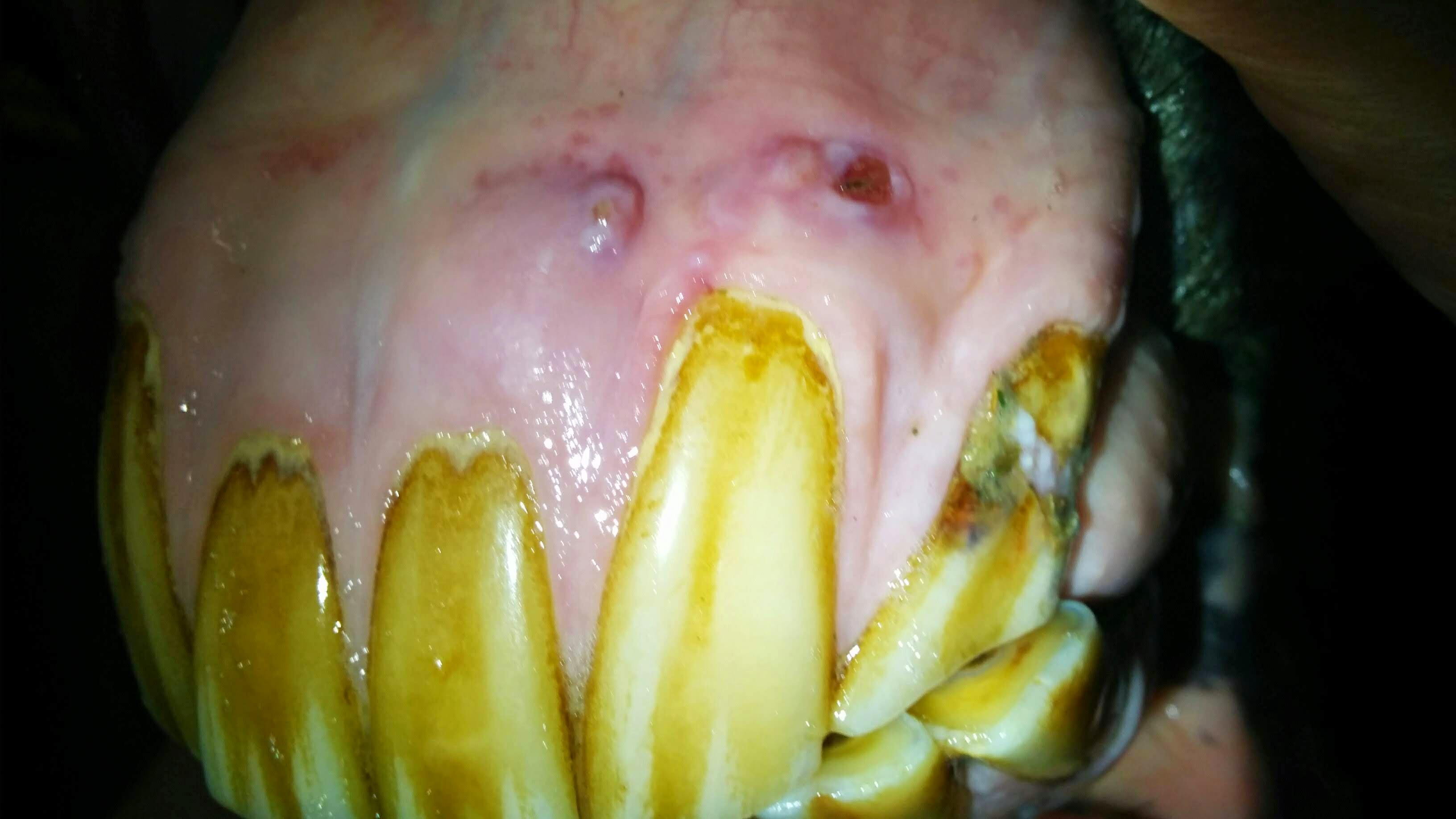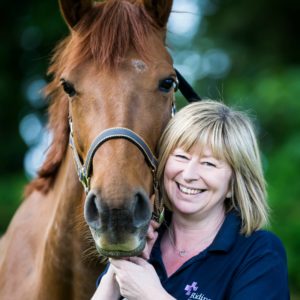First off - what is EORTH? It is a condition of horses' incisors being recognised much more frequently, it can cause significant pain and is often only picked up after we see a horse for a dental.
EOTRH stands for equine odontoclastic tooth resorption and hypercementosis - don't worry about remembering the name! It is seen most frequently in horses as they age.
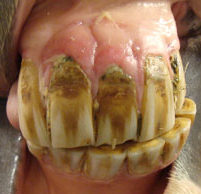
The signs you may see include the following:
- Pain - this can often be the first sign - horses may resent having the area around the front teeth handled, or resist bitting, or occasionally struggle eating
- Bad breath
- Hypersalivation
- Calculus (plaque) deposition
- Feed accumulation around the incisors
- Swelling, reddening or thickening of the gums surrounding the teeth
- Draining tracts - these appear like spots on the gums around the teeth which can discharge pus
- Periodic inappetence and weight loss
- Fractured incisors
Most horses will show very few signs and often pain and behavioural changes may be the first symptoms - in addition, the condition often comes on over several years making it difficult to see a difference.
Some of these signs can be caused by other conditions - so a careful examination and x-rays of the teeth are likely to be required.
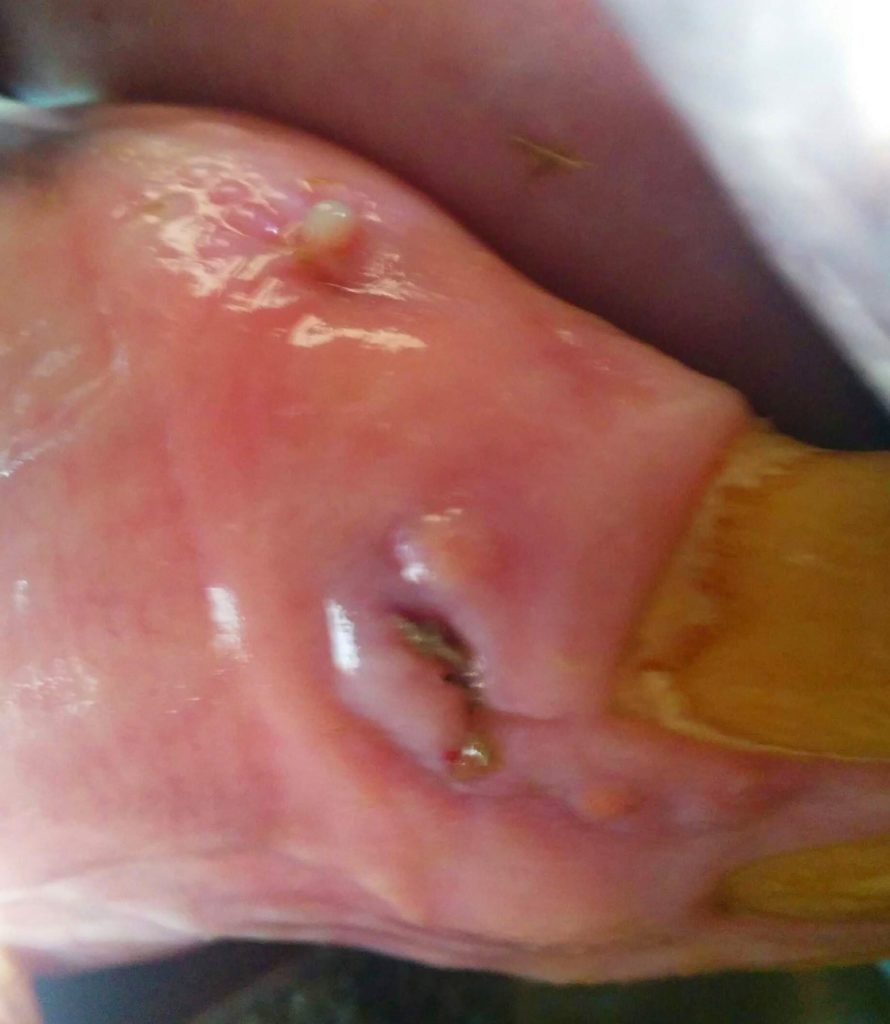
What happens to the teeth?
The teeth affected are usually the incisors, sometimes the canines (tushes) and rarely the pre-molars (front cheek teeth).
The initial signs are often only seen on x-rays and include:
- Breakdown and resorption of the roots of the teeth and the bone surounding them
- Excessive enlargement of the root and reserve crown
- Secondary infection
- Fractures of the tooth or root
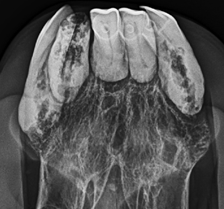
What causes it?
This is a condition for which the cause is not fully understood. Mild changes are considered a normal ageing process of horses, with all horses in their late teens showing some changes on radiographs - these are likely caused by stresses and strains put upon the teeth.
It is likely there are multiple other factors that cause these changes to become excessive. The list below contains suggested causes - please note they are not proven causes:
- Ischaemic necrosis (damage to the blood supply)
- Genetic links
- Systemic disorders such as Cushing's disease
- Hypervitaminosis A, hypocalcaemia or hyperparathyroidism
- Some procedures performed on teeth could contribute such as incisor realignment or canine buffing
What can we do for this condition?
Unfortunately there is not a specific treatment for this condition and most horses will require removal of the affected teeth - mainly to relieve pain associated with the condition. This is big procedure to put your horse through as some will require all their incisors extracting, but we know that many horses (and their owners) are much brighter and happier after extraction as they are comfortable.
There is some limited evidence for the use of a mushroom mycelium biomass supplement. Also, some of the symptoms can be helped by removal of any lodged food, use of a chlorhexadine wash and brushing of teeth.
Please discuss this condition with us if you are worried your horse may have it - we will examine the teeth and recommend if any management is required.
Adam x
